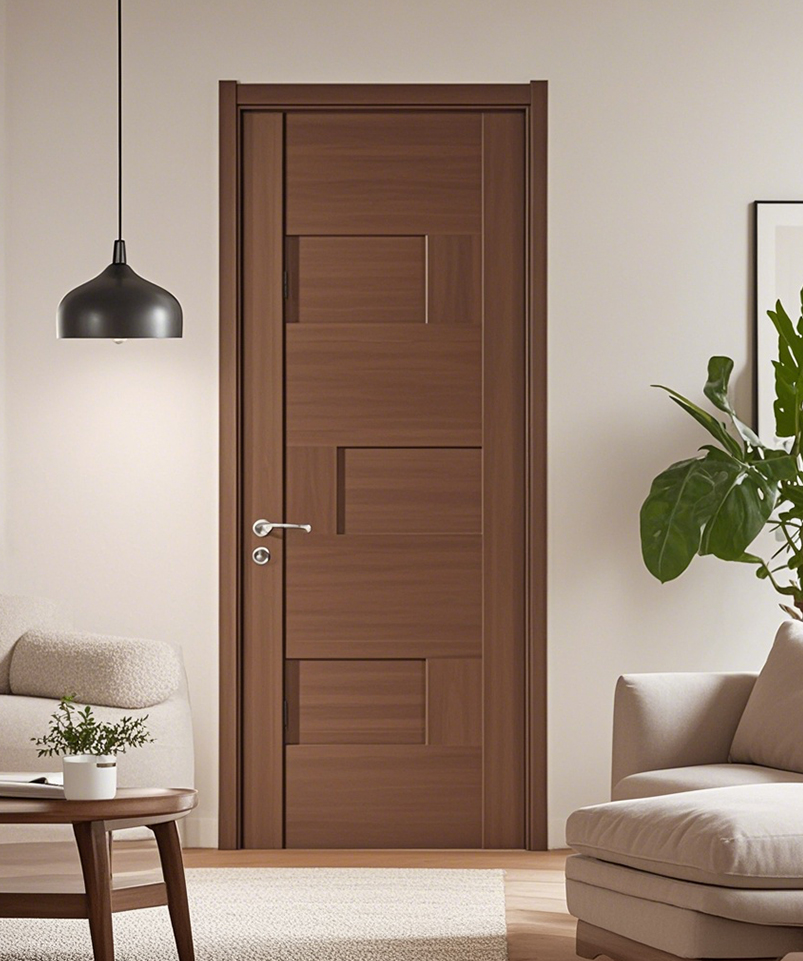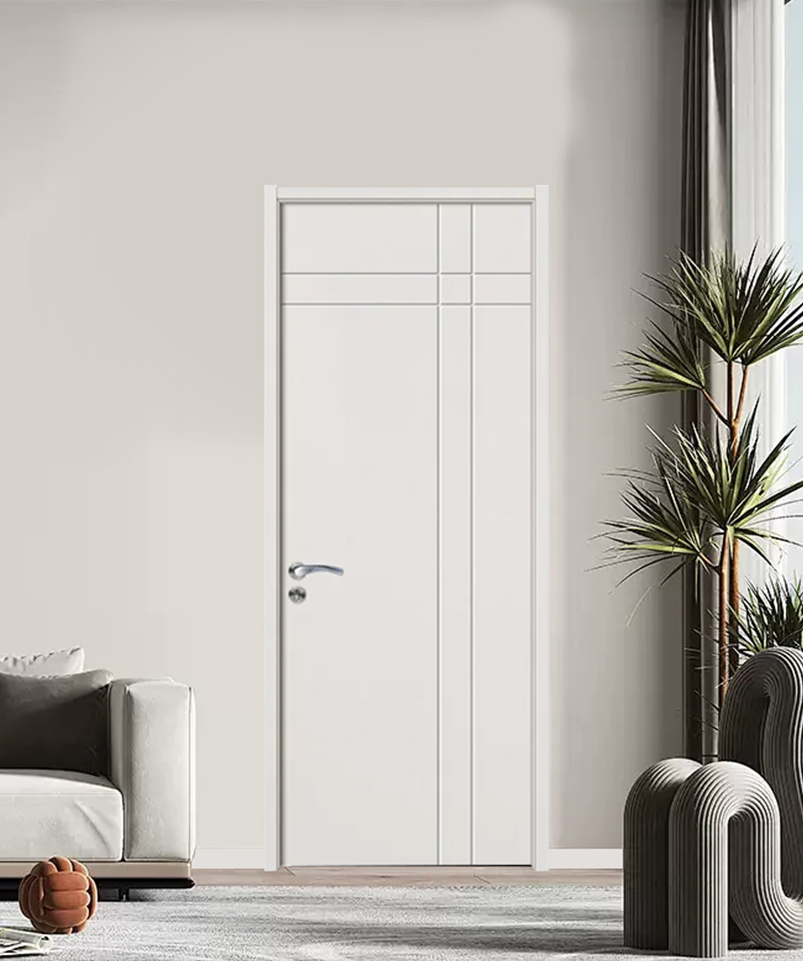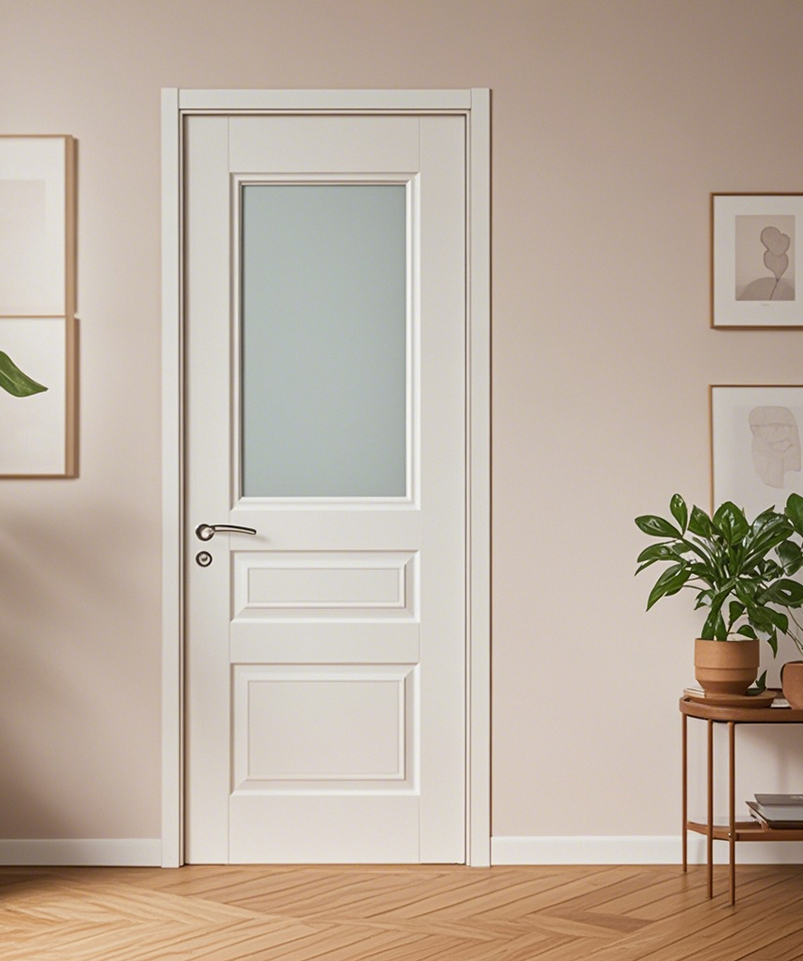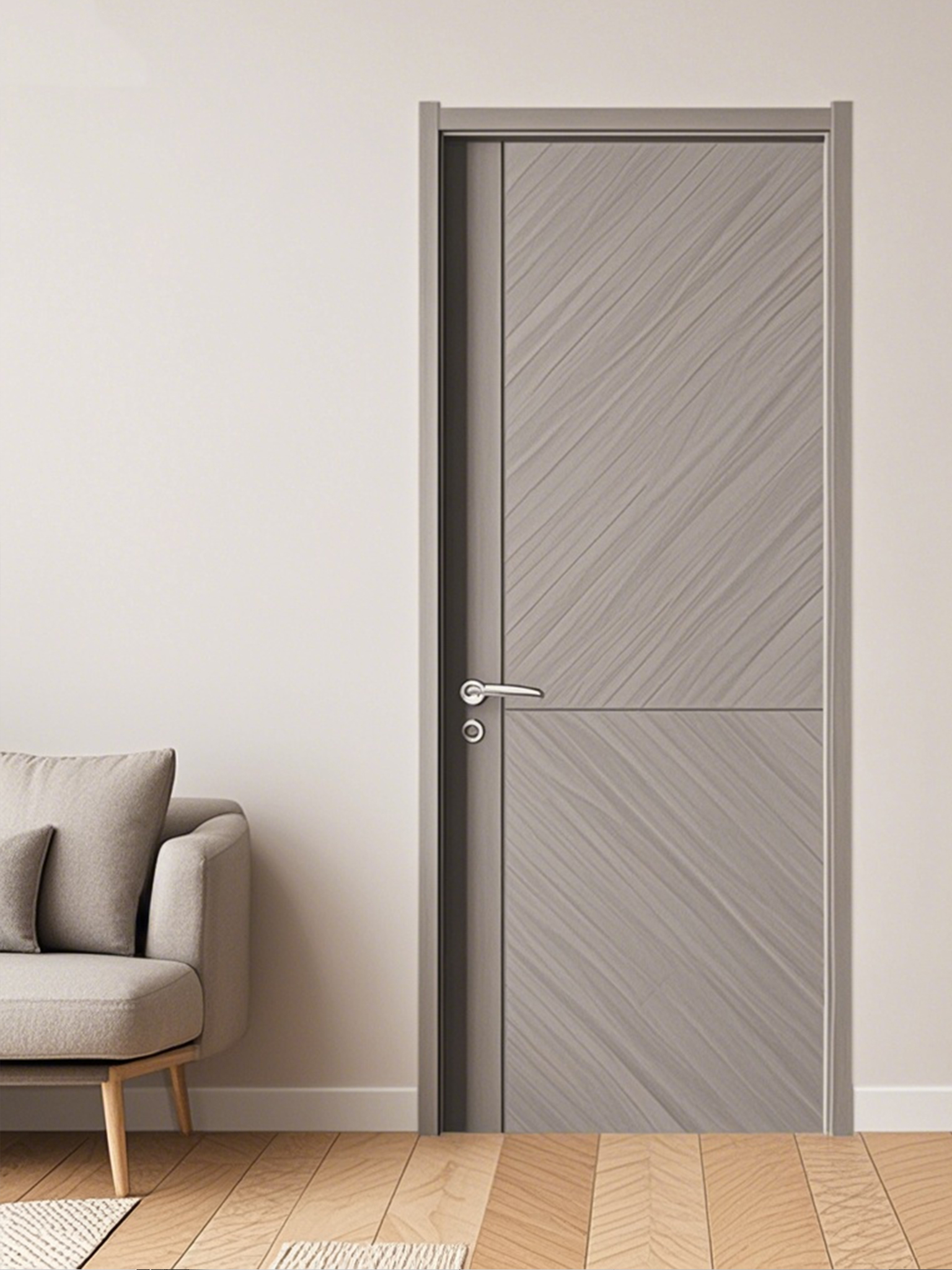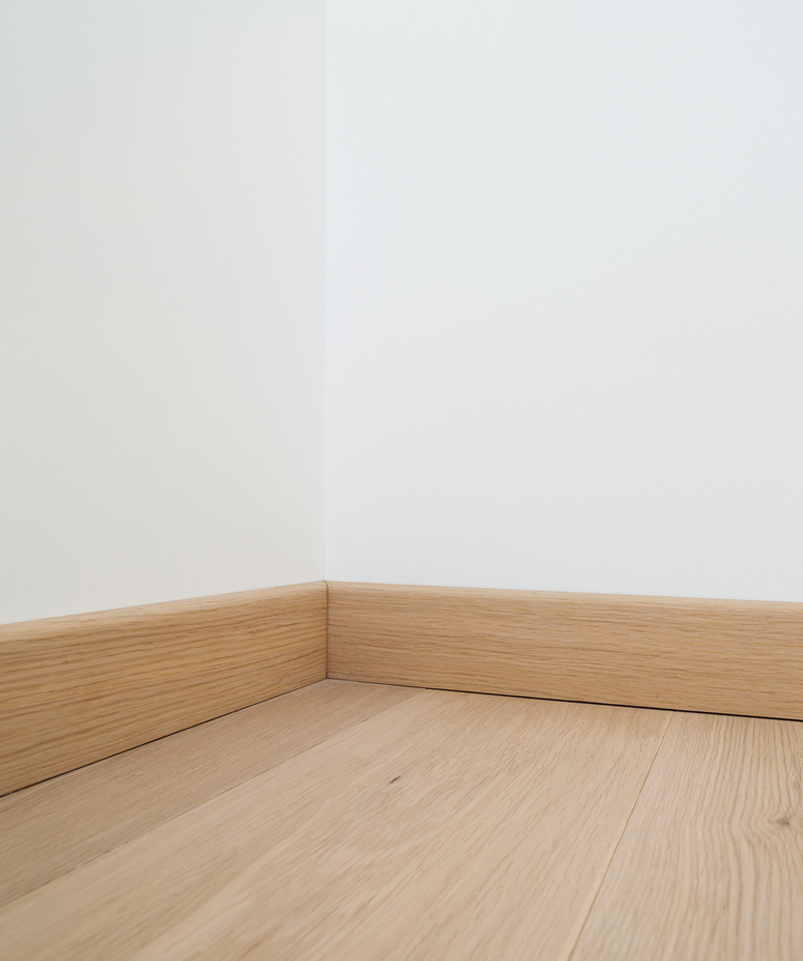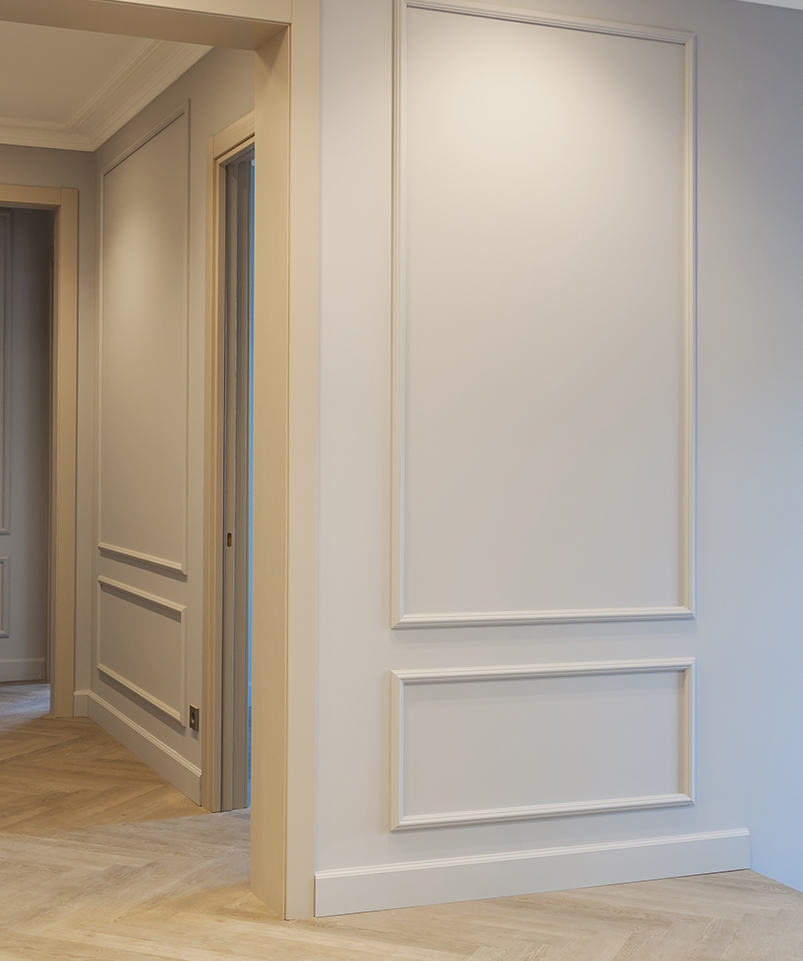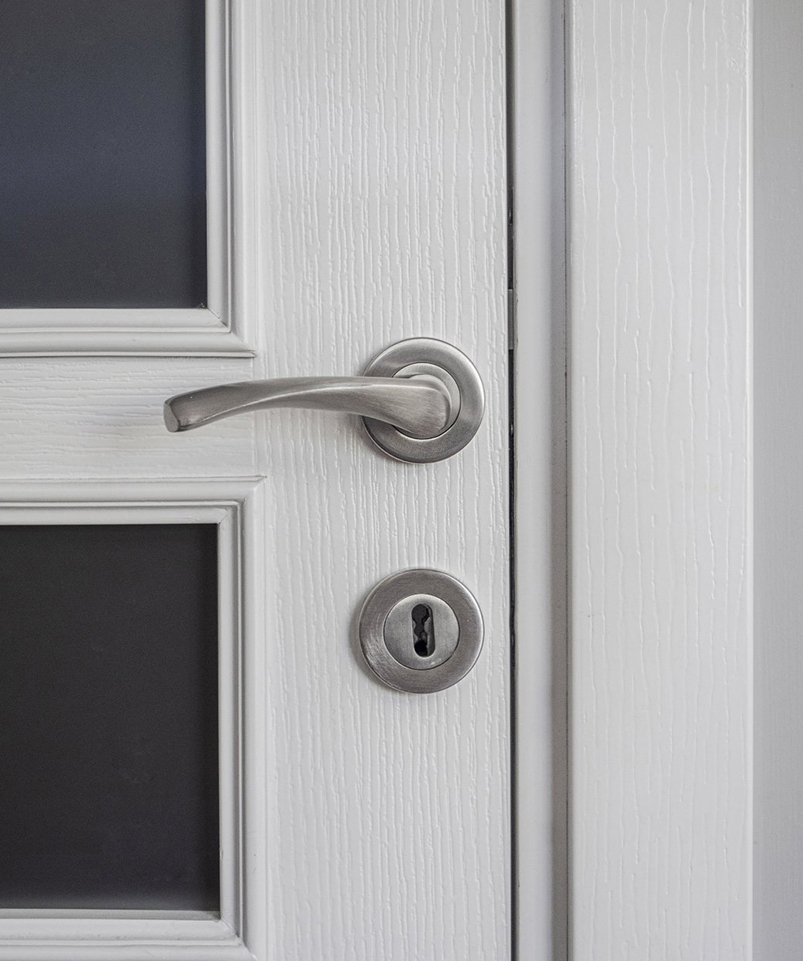Melamine Door Factory Enhances Modern Interior Solutions
The global melamine door factory sector is experiencing notable growth as construction and renovation activities continue to drive demand for durable and aesthetically versatile interior solutions. A modern melamine door factory typically integrates advanced manufacturing technologies with skilled craftsmanship to produce doors that meet diverse architectural requirements. The production process within a melamine door factory involves several stages, beginning with material selection and progressing through cutting, shaping, and finishing operations that transform raw panels into functional architectural elements.
Material preparation represents a fundamental stage in any melamine door factory operation. Manufacturers typically source engineered wood substrates that provide stable foundations for the melamine surfaces. The selection of these core materials directly influences the final product's structural integrity and performance characteristics. Within a responsibly managed melamine door factory, quality control begins at this initial stage, with thorough inspection of incoming materials to ensure they meet specified standards for density, moisture content, and dimensional stability before proceeding to subsequent manufacturing stages.
The application of melamine surfaces occurs through precise lamination processes that distinguish a technologically advanced melamine door factory. Using specialized equipment, technicians bond melamine-impregnated papers to substrate surfaces under controlled temperature and pressure conditions. This process creates a durable, integrated product within the melamine door factory environment. The resulting surfaces demonstrate resistance to scratching, staining, and moisture penetration, while simultaneously providing consistent color and pattern reproduction across production batches.
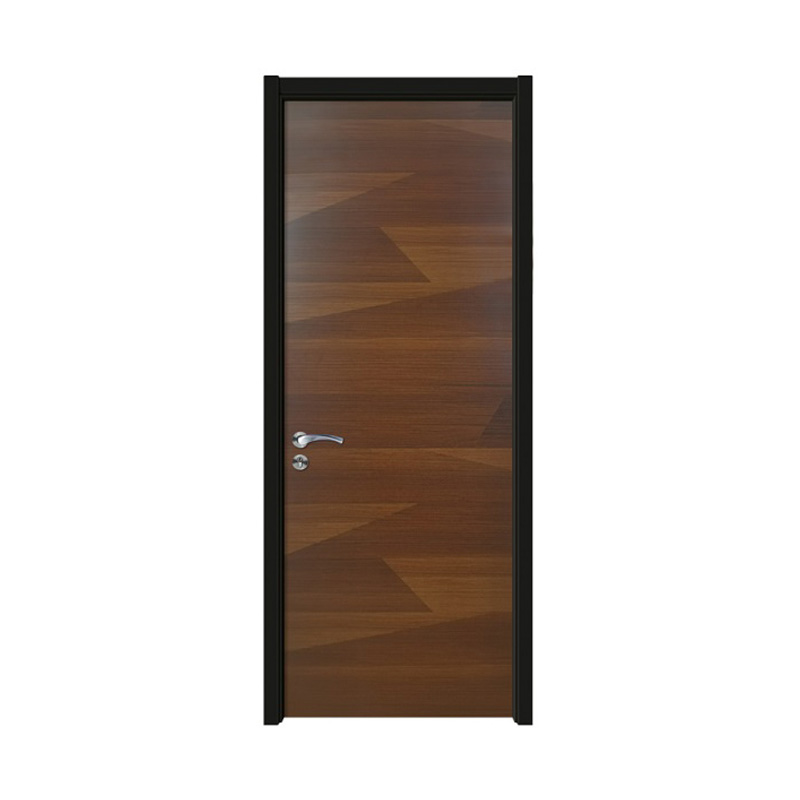
Design versatility represents a significant advantage of products originating from a contemporary melamine door factory. The manufacturing process accommodates an extensive range of aesthetic options, including wood grain reproductions, solid colors, and textured finishes. This flexibility allows a melamine door factory to supply products suitable for various architectural styles, from residential interiors to commercial installations. The ability to produce coordinated door and cabinet components makes the melamine door factory an important resource for projects requiring design consistency throughout interior spaces.
Technical advancements have transformed operations within the modern melamine door factory. Computer-numerical-control machinery enables precise cutting of door components, ensuring consistent dimensions and proper fit. Automated edge-banding systems apply protective trim to door peripheries, enhancing both durability and visual appeal. These technological investments allow a melamine door factory to maintain product consistency while optimizing material usage and reducing production waste through efficient manufacturing practices.
Quality assurance protocols within a reputable melamine door factory involve multiple inspection points throughout the manufacturing process. Technicians monitor surface quality, verify dimensional accuracy, and assess hardware compatibility as doors progress through production stages. Final inspection procedures at the melamine door factory typically include evaluation of finish consistency, operational functionality, and overall appearance before products are prepared for shipment. These comprehensive quality measures help ensure that doors leaving the melamine door factory meet performance expectations and installation requirements.
As building trends continue to evolve, the melamine door factory sector adapts to changing market preferences. The development of new surface textures, edge profiles, and dimensional options demonstrates the industry's responsiveness to designer specifications and homeowner preferences. The ongoing refinement of manufacturing techniques ensures that the modern melamine door factory remains positioned to supply products that align with contemporary architectural needs while providing the practical benefits that have established melamine doors as preferred interior solutions in various market segments.

 English
English русский
русский عربى
عربى